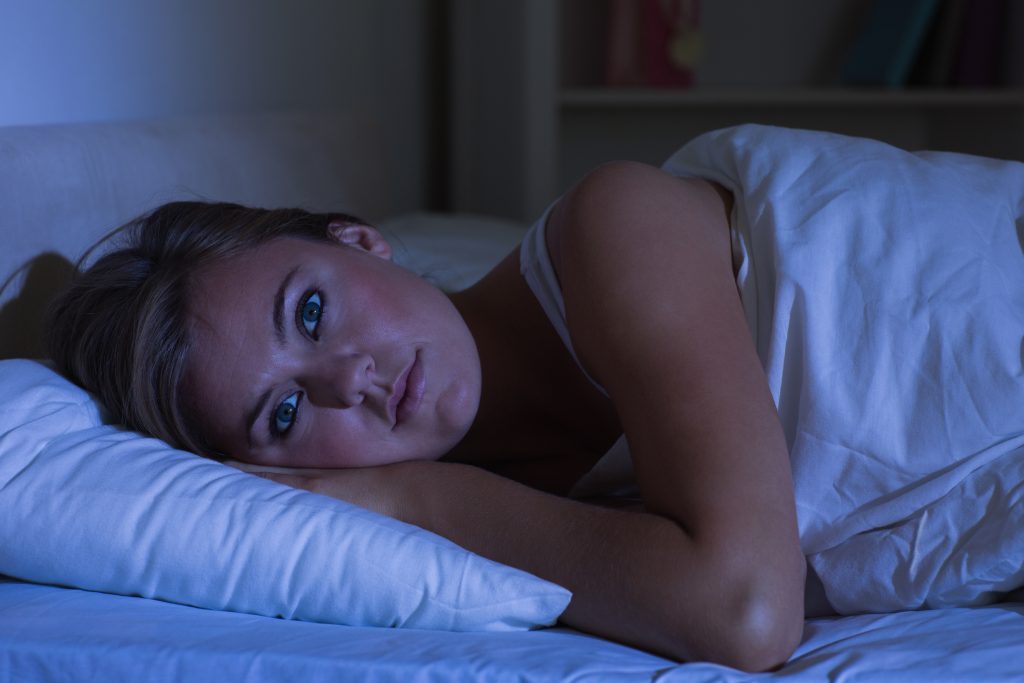



For many of us, we remember our younger years when Sleep was easy peasy. We would get in bed, fall asleep and be awoken by an alarm to get to school or work. We would often not remember falling asleep, and awaken being rested and ready to take on the day.
As we age and enter our second decade of life, we begin to snore loudly. With the ongoing obesity epidemic, we are seeing snoring begins to be more prominent and occurs at younger ages. Snoring is turbulent airflow occurring due to increased resistance that the air encounters as it is being inhaled and exhaled. With continued loss of elasticity of our aging tissues and continued weight gain, the snoring progresses to Sleep Disordered Breathing.
Sleep Disordered Breathing is a spectrum ranging from snoring with awakenings to Mild, Moderate and Severe Obstructive Sleep Apnea. Moderate and Severe Obstructive Sleep Apnea correlate with increased risk of high blood pressure, heart attacks, strokes and often coexists with significant daytime sleepiness. This is a hint to the person that something is not right, but not everyone gets this hint from their body. The degree of daytime sleepiness does not correlate with the severity of Obstructive Sleep Apnea. Unfortunately some people have moderate to severe sleep apnea and no daytime symptoms, yet carry all the same risks. Many of us naturally adjust to our sleepiness by taking stimulants (coffee, tea) and daily planned or unplanned naps. The lucky ones are brought in by their bed partner out of concern for snoring and periods of not breathing.
Insomnia is the most common sleep disorder and is one that most people will experience at one point in their lives. Having difficulty falling asleep and/or difficulty sustaining sleep is very common, but will result in daytime fatigue. Many people will fear that if they take a nap during the day, they will be unable to fall asleep at night. Many will even avoid one cup of morning coffee, in worry that it might affect their sleep at night. While the etiology of insomnia is often multi factorial and requires detailed history taking, most insomnia can be improved upon, resulting in an improved quality of life. Most people can agree that falling asleep is an art. It is an art which can be worked on with noticeable and life-changing improvement.